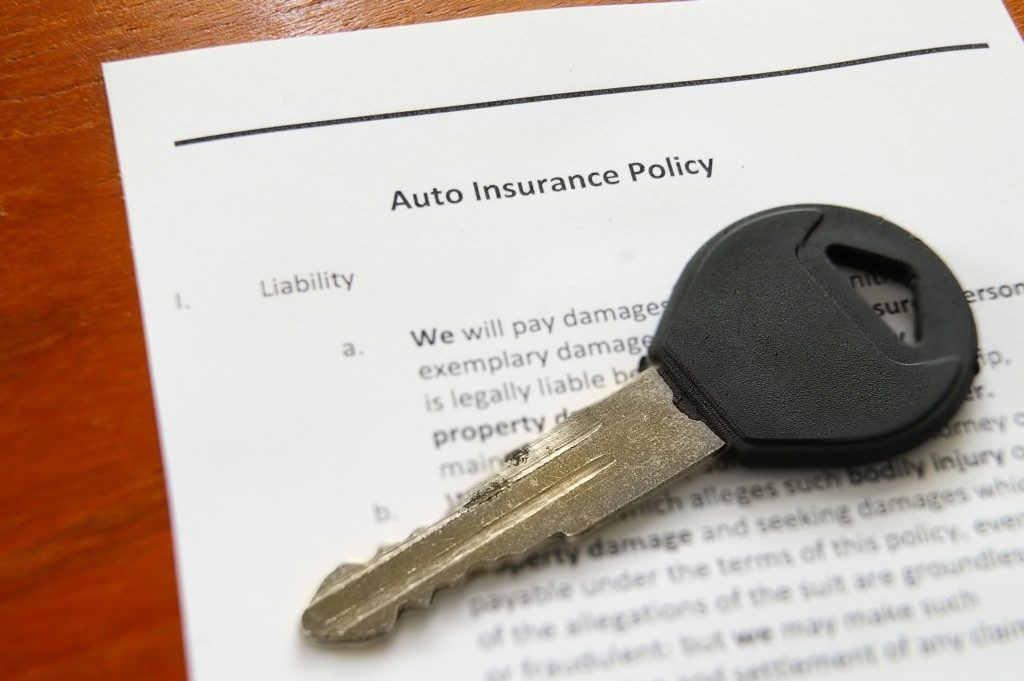Training and displayed signs are essential to keep your employees up-to-date and aware of workplace safety rules and guidelines. Especially in high-risk professions where people drive big trucks or work with heavy machinery, it is essential to take a more personal understanding of your workers’ needs to ensure that the workplace safety guidelines can protect them.
High-risk professions cannot rely entirely on one rule applying to all equally. The same driving guidelines for a big rig driver with good health would not apply to a big rig driver with diabetes. It is better to understand this and train employees for their specific responsibilities than to clean up a mess that leaves your employee in serious trouble or bad health.
For example, an experienced drunk driving attorney can help your employee if they get into a tight situation regarding drinking while driving. This way, you don’t have to worry about losing a valued employee or tarnishing the company name.
Businesses that can showcase their commitment to workplace safety, physical and mental, of their employees will find that they receive priority when applying for funding and grants and have a better standing within their community. People respect and want to support ethical businesses. Thus, it is in your business’s best interests to be an honest business with the integrity to protect its employees.
This will not only guarantee you a dedicated workforce that works hard to make sure they obey health and safety guidelines but remain loyal to the company for a long time. The benefits of this cannot be overstated as a trained and experienced employee is more cost-effective to retain. New staff that needs to be recruited take time to learn the ropes, integrate into the work floor structure, and are expensive to train. Thus, protecting your employees is protecting your business.
Carryover Effects
When workplace safety is prioritized, it has a carryover effect that can also add to the company’s productivity and profitability. Safe employees are happy employees, and they stay. They maintain a level of attention to detail that keeps the company’s level of quality consistent.
Employees who do not suffer injury are also less likely to need sick leave. Thus, you will always have a full complement of workers on hand the majority of the time. This means that deadlines can be met easily, and you do not have to bring in half-trained temporary workers to cover any workload created by having personnel on sick leave.

Importance of Proper Signage
Proper warning and safety signage in the most dangerous areas is a must. This is a situation where having too much is better than not enough. Extra signage in hazardous areas is an effective way to keep your employees from getting complacent. People get used to a particular routine and can do things without looking because they are so sure of their surroundings. But reaching for a hot kettle in the staff kitchen or a specific switch while in heavy machinery on the floor requires you to pay close attention.
Thus, large or boldly colored signage in these danger areas to keep people vigilant is a necessity. Warehouses, server rooms, and bathrooms are examples of other places where people must remain vigilant and observe safety rules while occupying those spaces.
Encourage Breaks
Tired people make mistakes because their stressed out or exhausted minds cannot keep them vigilant. Encouraging short breaks among your staff throughout the workday keeps them sharp, focused, and more able to concentrate.
Provide the staff with break rooms, comfortable bathrooms, and a rest area outside, so they have many options to rest, clear their mind, and return to work refreshed and capable.
Reward Reporters
Reward employees who report unsafe working conditions and equipment so that everyone knows it is safe and acceptable. Otherwise, your employees may continue to work in dangerous situations that can put them in a potentially precarious state of affairs.
It is your duty as the management to ensure that employees feel safe to come forward and report unsafe conditions and behavior within the workplace. Even one careless employee could endanger every other careful employee, so it is best to nip this behavior in the bud as soon as possible.
A good way to standardize condition reporting is to take time every few weeks to allow employees to inspect their workplace and makes notes of any areas of concern. Loose tiles, unsteady tables, irregular carpet, stray cables, cracked steps, and leaking faucets are just some many things that may seem simple at first glance but can cause serious harm if it is not fixed promptly.
At the end of the day, you cannot prepare for every single eventuality. Thus, it is prudent to have an effective safety plan for employees to follow if a safety issue arises. This can be a practiced fire drill every quarter so that everyone knows what to do while a fire safety team takes care of the situation.
You can also send staff in rotation to first aid training classes so that everyone knows how to act if a person gets injured on the job. Giving people training to feel capable of dealing with any situation is empowering. It makes for confident employees who also know how to be safe and secure in the workplace.



